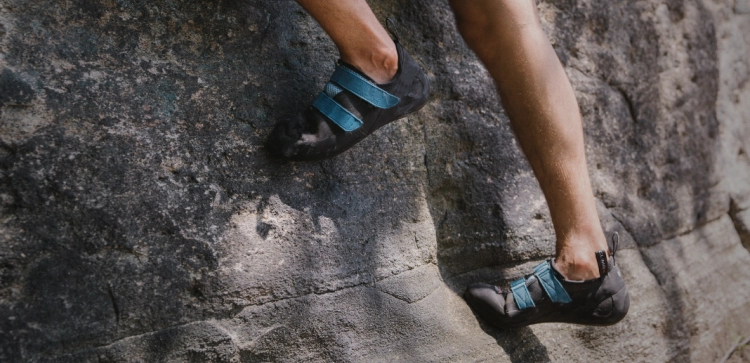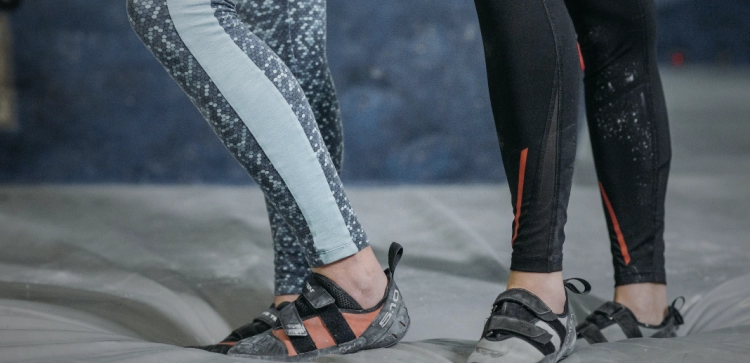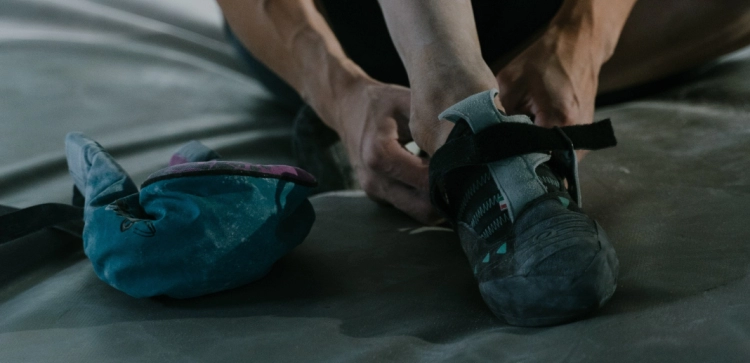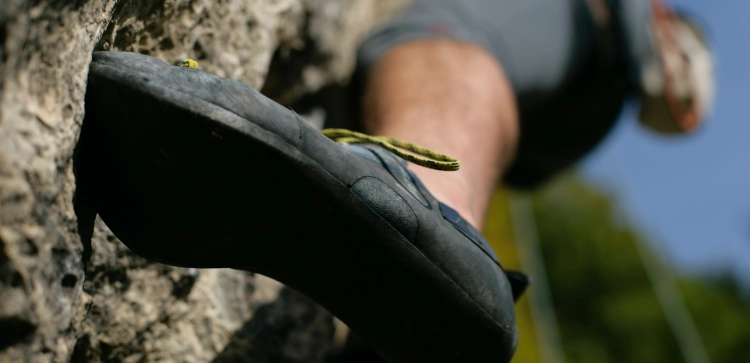Flexibility Matters: Unlocking The Importance Of Mobility For Climbing
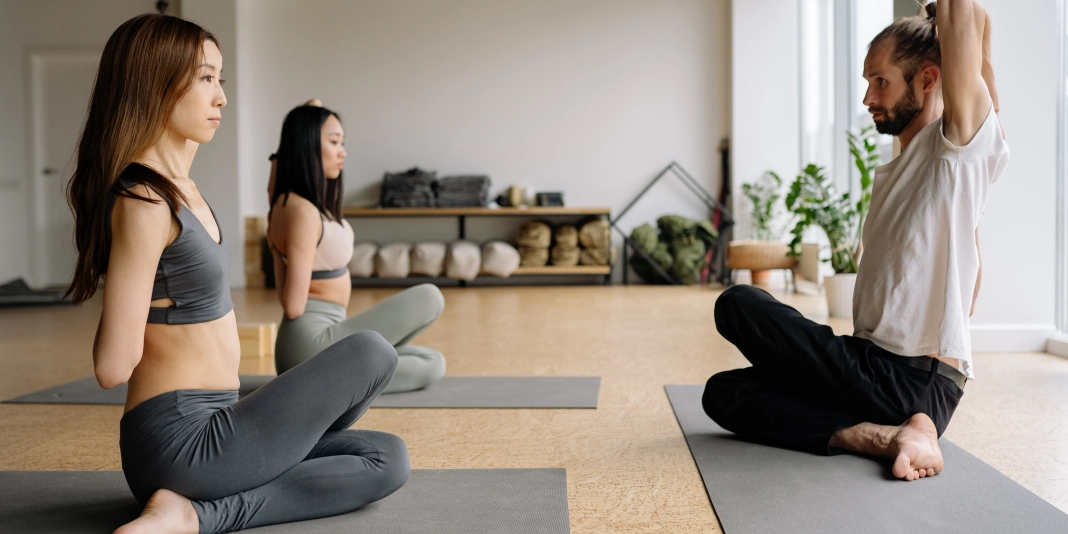
When it comes to climbing, flexibility isn't always the first thing that comes to mind. However, it plays a pivotal role in enhancing your climbing performance and overall experience. In this article, we'll explore why flexibility matters in climbing and the advantages of being flexible. We'll also discuss the potential disadvantages of neglecting flexibility and provide practical tips for incorporating climbing mobility exercises and flexibility training into your routine. By the end, you'll understand the importance of flexibility for climbers and how it can take your climbing abilities to new heights.
- Why Does Flexibility Matter In Climbing?
- Advantages Of Being Flexible In Climbing
- Advantage 1: Increased Reach And Range Of Motion
- Advantage 2: Improved Body Positioning And Balance
- Advantage 3: Injury Prevention
- Disadvantages Of Not Prioritizing Flexibility In Climbing
- Incorporating Flexibility Training For Climbers
- Frequently Asked Questions About Flexibility In Climbing
- How Often Should I Include Flexibility Training In My Climbing Routine?
- Can I Improve My Flexibility If I'm Not Naturally Flexible?
- Are There Any Specific Stretches I Should Do Before Climbing?
- Can Flexibility Training Help Me Overcome Fear Of Falling While Climbing?
- Is It Better To Stretch Before Or After A Climbing Session?
- Can Flexibility Training Help With Climbing Technique?
- Are There Any Specific Flexibility Exercises For Finger Strength In Climbing?
- How Long Does It Take To See Improvements In Flexibility?
- Can I Stretch On Rest Days To Improve Flexibility?
- Are There Any Specific Flexibility Exercises For Improving Balance In Climbing?
- Conclusion
Why Does Flexibility Matter in Climbing?
Flexibility matters in climbing because it directly impacts your range of motion and body positioning, allowing you to navigate challenging routes with precision and control.
When you're on the wall, you often find yourself in unconventional and demanding positions that require a high degree of flexibility. Whether you're reaching for a distant hold, executing a dynamic move, or balancing on a precarious ledge, flexibility enables you to move fluidly and adapt to the demands of the climb.
Advantages of Being Flexible in Climbing
Advantage 1: Increased Reach and Range of Motion
Being flexible gives you the ability to stretch farther and reach holds that may seem out of reach.
Climbing often involves reaching for distant or small holds, and having the flexibility to extend your reach can make a significant difference in your ability to conquer challenging routes. By improving your flexibility, you can access holds that others may struggle to reach, giving you a competitive edge and expanding your options on the wall.
Advantage 2: Improved Body Positioning and Balance
Flexibility allows you to achieve optimal body positioning and balance while climbing.
Maintaining balance on the wall is crucial for successful climbing, and flexibility plays a vital role in achieving and maintaining proper body positioning. By being flexible, you can contort your body to fit into unique positions, allowing you to distribute your weight effectively and stay stable on the holds. This advantage can help you conserve energy and execute moves with greater efficiency.
Advantage 3: Injury Prevention
Flexibility training helps prevent common climbing injuries by improving muscle and joint mobility.
Climbing places significant stress on your muscles and joints, increasing the risk of strains, sprains, and other injuries. However, by incorporating flexibility training into your routine, you can enhance the flexibility and strength of your muscles, tendons, and ligaments. This improved mobility can reduce the strain on your body during climbing and decrease the likelihood of injuries, allowing you to climb more frequently and with confidence.
Disadvantages of Not Prioritizing Flexibility in Climbing
Disadvantage 1: Limited Range of Motion
Neglecting flexibility can result in a limited range of motion, restricting your ability to perform certain climbing moves.
Without adequate flexibility, you may find it challenging to reach certain holds or execute dynamic movements that require a greater range of motion. This limitation can hinder your progress on difficult routes and prevent you from accessing certain climbing techniques.
Disadvantage 2: Increased Risk of Injury
Insufficient flexibility increases the risk of injuries, such as strains, sprains, and muscle imbalances.
When your muscles and joints lack flexibility, they become more susceptible to injuries. Tight muscles can lead to imbalances, placing uneven stress on your body, which can lead to strains and overuse injuries. By neglecting flexibility, you not only limit your climbing potential but also increase the chances of getting sidelined due to preventable injuries.
Incorporating Flexibility Training for Climbers
Now that you understand the importance of flexibility in climbing, let's explore some effective ways to incorporate flexibility training into your routine. By dedicating time to improve your flexibility, you can enhance your climbing performance and minimize the risk of injuries.
1. Dynamic Stretching:
Dynamic stretching involves moving through a full range of motion to warm up and loosen your muscles before climbing. Incorporate dynamic stretches that target the major muscle groups used in climbing, such as the shoulders, hips, and legs. Examples include arm circles, leg swings, and hip rotations.
2. Active Flexibility Exercises:
Performing active flexibility exercises can improve your range of motion and strengthen the muscles necessary for climbing. Include exercises like lunges, squats, and hip openers in your routine to increase flexibility in the lower body.
3. Yoga or Pilates:
Participating in yoga or Pilates classes can greatly enhance your overall flexibility and core strength, both of which are essential for climbing. These practices incorporate static stretching, balance, and core exercises that complement climbing movements.
4. Mobility Training:
Focus on specific mobility exercises that target areas prone to tightness in climbers, such as the shoulders, wrists, and hips. Implement exercises like shoulder circles, wrist rotations, and hip mobility drills to improve joint mobility and prevent restrictions in movement.
Frequently Asked Questions About Flexibility in Climbing
How often should I include flexibility training in my climbing routine?
It's recommended to dedicate at least two to three sessions per week for flexibility training. However, listen to your body and adjust the frequency and duration based on your personal needs and recovery capabilities.
Can I improve my flexibility if I'm not naturally flexible?
Yes! Flexibility can be improved through consistent training and stretching. While some individuals may have a natural inclination towards flexibility, anyone can make progress with the right exercises and techniques.
Are there any specific stretches I should do before climbing?
Dynamic stretches that warm up your muscles and mimic climbing movements are ideal before a climbing session. Focus on stretches that target the major muscle groups used in climbing, such as the shoulders, back, legs, and hips.
Can flexibility training help me overcome fear of falling while climbing?
Flexibility training indirectly contributes to overcoming fear of falling. By improving your range of motion and body control, you can build confidence in executing challenging moves and feeling secure on the wall.
Is it better to stretch before or after a climbing session?
Dynamic stretching is recommended before climbing to warm up your muscles and increase blood flow. Save static stretching for after your climbing session to help with muscle recovery and maintain or improve flexibility.
Can flexibility training help with climbing technique?
Absolutely! Flexibility training enhances your body's ability to achieve optimal positions for climbing techniques. It allows you to execute moves with better form, efficiency, and control, leading to improved technique overall.
Are there any specific flexibility exercises for finger strength in climbing?
While flexibility training primarily focuses on enhancing joint mobility and range of motion, finger-specific exercises, such as finger extensions and stretching, can contribute to finger strength and flexibility.
How long does it take to see improvements in flexibility?
The time it takes to see improvements in flexibility varies from person to person. Consistency is key. With regular practice, you can expect to see noticeable improvements within a few weeks to a few months.
Can I stretch on rest days to improve flexibility?
Yes, incorporating gentle stretching and mobility exercises on rest days can aid in recovery and promote flexibility. However, avoid overstretching or intense workouts on rest days to allow your body proper rest and repair.
Are there any specific flexibility exercises for improving balance in climbing?
Balance exercises, such as single-leg balance drills and yoga poses like tree pose or warrior III, can help improve balance while also contributing to flexibility.
Conclusion
Flexibility is a vital component of successful climbing. By prioritizing flexibility training and incorporating climbing mobility exercises into your routine, you can enhance your range of motion, body positioning, and balance while minimizing the risk of injuries. Remember to warm up with dynamic stretches, engage in active flexibility exercises, explore practices like yoga or Pilates, and target specific mobility drills. By unlocking the importance of mobility for climbing, you'll elevate your climbing performance and unlock new heights of achievement on the wall.

